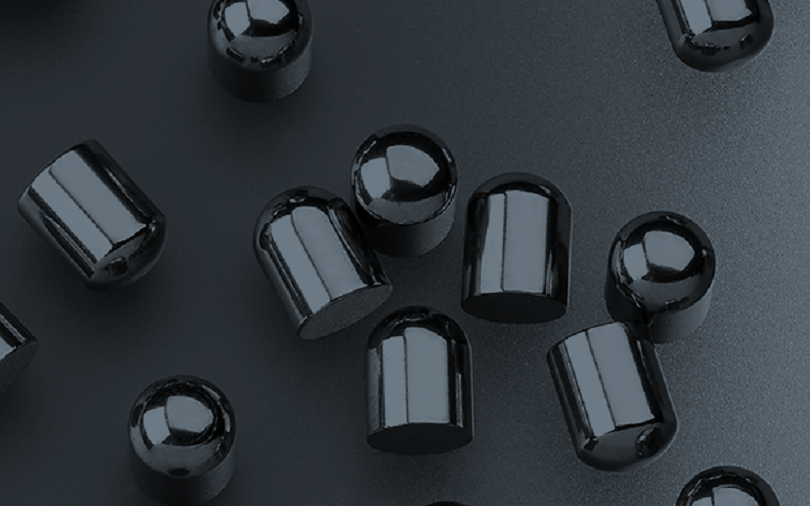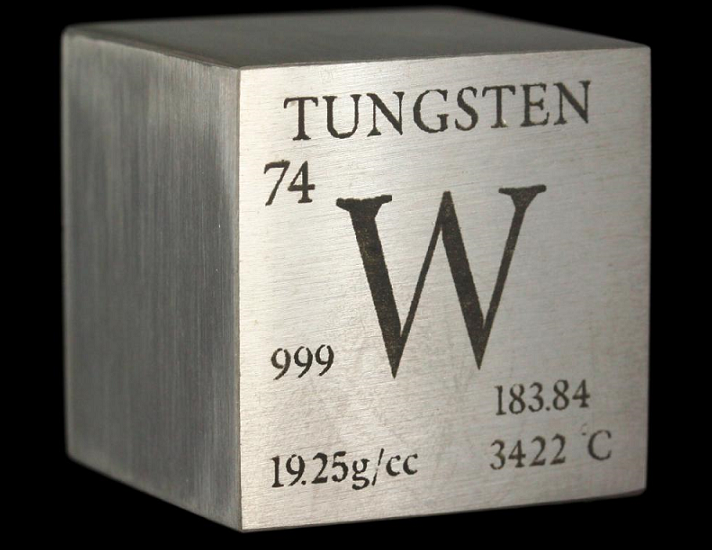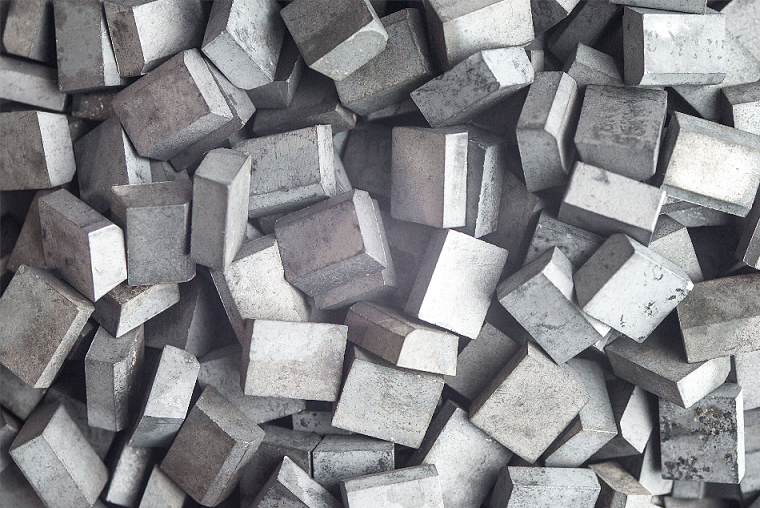Physical & Chemical Properties of Tungsten

Physical & Chemical Properties of Tungsten
Tungsten is one of the important strategic resources. Due to its excellent physical and chemical properties, tungsten and its alloys are used to manufacture key armor-piercing components that attack various types of armored targets, gyro inertial components for satellites, and high-temperature anti-ablation components such as rockets' combustion chambers, nozzles, and rudders. And shielding materials for thermal insulation and radiation protection of nuclear reactors. In this article, we'll take a look at the physical & chemical properties of tungsten.

Properties of Tungsten
1. The Physical Properties of Tungsten
Tungsten (W) is a rare silver-white metal and belongs to group VIB of the periodic table. Tungsten has a steel-like appearance but has a high melting point, low vapor pressure, and a low evaporation rate. Its melting point is as high as 3410 ° C and its boiling point can reach 5927 ° C.
Tungsten has an atomic number of 74, a relative atomic mass of 183.85, and an atomic volume of 9.53 cm3 / mol. And the density of tungsten is 19.35 g / cm3, which is 2.5 times that of steel, equivalent to that of gold. In addition, tungsten has good electrical conductivity, and its elastic modulus is as high as 35000 ~ 38000 MPA (Wire).
Besides, tungsten has α and β crystal structures, and the lattice constant α type is a stable body-centered cubic structure a = 3.16524 nm. At standard temperature and normal pressure, β-type tungsten can only appear under the condition of the presence of oxygen. Its cubic lattice a = 5.046 nm is stable below 630 ℃. Above 630 ℃, it is converted into α tungsten and this process is irreversible.
2. The Chemical Properties of Tungsten
The chemical properties of tungsten are very stable. At room temperature, it does not react with air and water. When it is not heated, any concentration of hydrochloric acid, sulfuric acid, nitric acid, hydrofluoric acid, and aqua regia has no effect on tungsten. When the temperature rises to 80 ° -100 ° C, among the above-mentioned acids, other than hydrofluoric acid, other acids have a weak effect on tungsten.
At normal temperatures, tungsten can be quickly dissolved in a mixed acid of hydrofluoric acid and concentrated nitric acid, but it does not work in an alkaline solution. In the presence of air, molten alkali can oxidize tungsten to tungstate. In the presence of oxidants (NaNO3, NaNO2, KClO3, PbO2), the reaction to produce tungstate is more intense.
Tungsten can combine with oxygen, fluorine, chlorine, bromine, iodine, carbon, nitrogen, sulfur, etc. at high temperatures, but not with hydrogenation. Tungsten reacts with carbon at high temperatures, which can produce hard, wear-resistant, and insoluble tungsten carbide.

Tungsten Carbide
Tungsten has 27 man-made radioisotopes, the most stable of which is 181W, and its half-life is 121.2 days. In addition, the half-life of 185W is 75.1 days, the half-life of 188W is 69.4 days, and the half-life of 178W is 21.6 days. The half-lives of other radioisotopes are all under 24 hours, and most of them are less than 8 minutes.
Conclusion
Thank you for reading our article and we hope it can help you have a better understanding of the physical & chemical properties of tungsten. If you want to know more about tungsten and other refractory metals, you can visit Advanced Refractory Metals (ARM) for more information.
Headquartered in Lake Forest, California, USA, Advanced Refractory Metals (ARM) is a leading manufacturer & supplier of refractory metals throughout the whole world, providing customers with high-quality refractory metals such as tungsten, molybdenum, tantalum, rhenium, titanium, and zirconium at a very competitive price.
{{item.content}}
LEVE A REPLY
{{item.children[0].content}}
{{item.content}}






